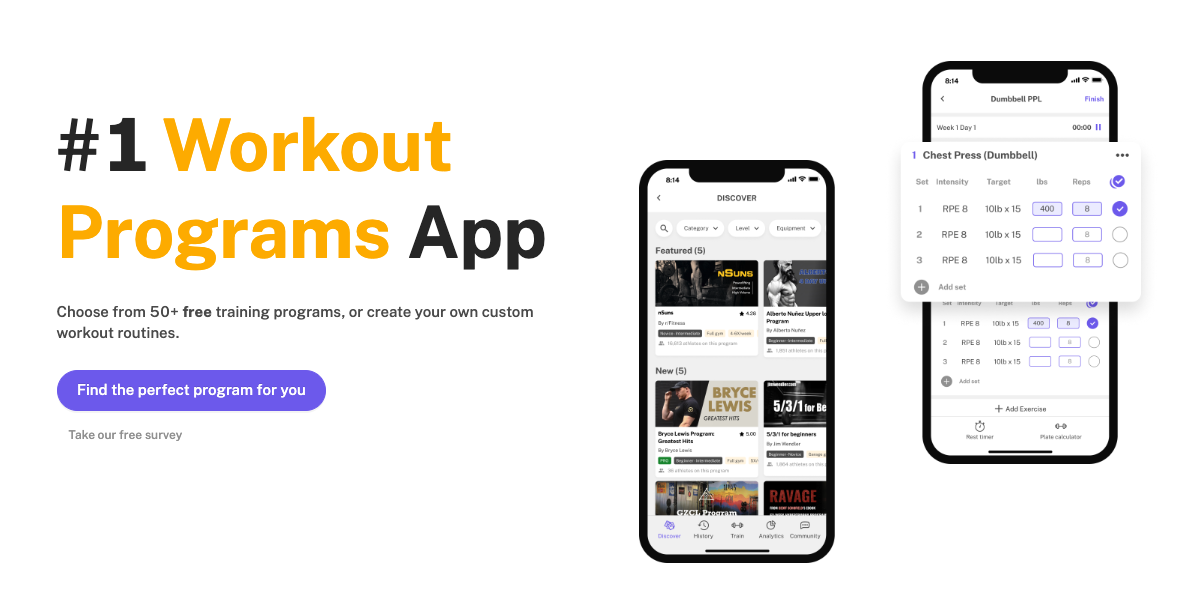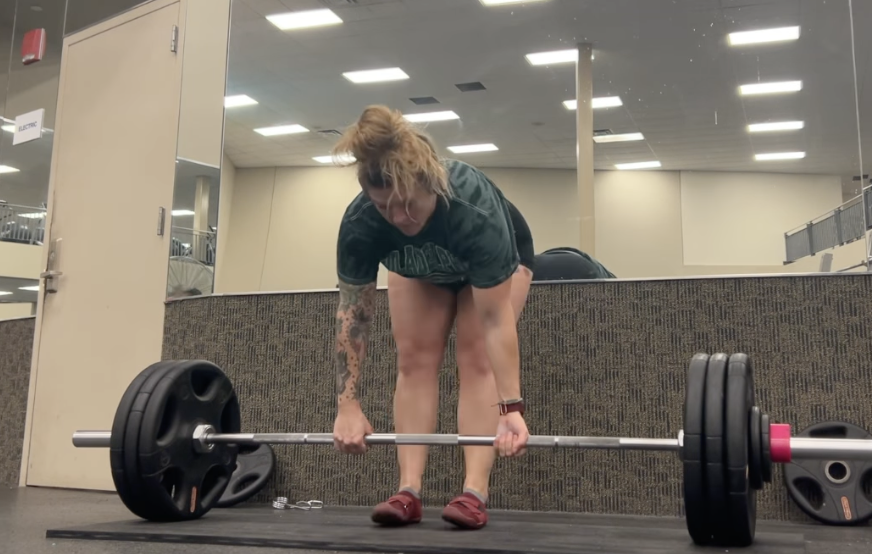Deadlifts vs. Rack Pulls: Which is the Better Builder?
Written by The Boostcamp Editors
Build Size and Strength in the Back Like Never Before
When it comes to building strength and muscle mass, it is no secret that deadlifting is a classic and highly effective exercise that has stood the test of time. Whether you are a bodybuilder, a powerlifter, or some other type of fitness enthusiast, the deadlift is a major compound exercise that has a home in every single workout routine. However, in recent years, rack pulls have gained popularity as an alternative or complementary movement to the deadlift, as the rack pull hits similar muscles to the deadlift. But, when it comes to comparing these two major lifts, which one is better for building up your size and strength?
In this article, we'll delve into the key differences between rack pulls and deadlifting, helping you understand their unique benefits and how to incorporate them into your strength training routine.
Understanding the Basics Deadlifting
Deadlifting is a simple compound exercise that targets multiple muscle groups, including the hamstrings, the glutes, the entire back including the traps, the arms, and even the core muscles. There are several different ways to do the deadlift such as the Romanian and conventional variations, but the bottom line is you will be pulling some heavy weight from a set position on the floor (it is dead weight).
The conventional deadlift involves lifting a loaded barbell from the ground to a fully upright position. It's renowned for its ability to enhance overall strength and stimulate some major muscle growth, even helping to enhance posture. Powerlifters love doing the deadlift, seeing what their one rep max will be, and bodybuilders utilize the lift to build some great thickness in all different areas of the body.
Benefits of Deadlifting: The Full-Body Powerhouse
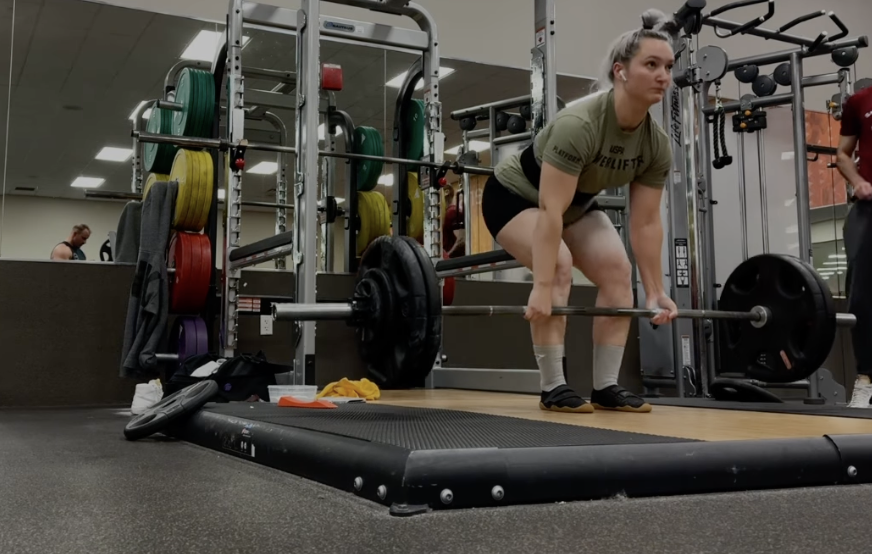
Image courtesy of Chloe Butler
Deadlifting, in its full range of motion, engages a wide array of muscles and promotes functional strength, making it great for athletes of all different walks of life. You can easily incorporate progressive overload, and the exercise enhances grip strength, builds a robust posterior chain, and helps improve overall athletic performance, all of which can transfer not only to other lifts but also to everyday tasks. Deadlifts are particularly effective for developing hip hinge mechanics, crucial for various sports and daily activities.
Drawbacks of Deadlifts
Now, deadlifts are a full body movement, which is a blessing and a curse. As far as the drawbacks of deadlifting, there are a few, but the biggest one is that you are at a greater risk of an injury than you are with other exercises like rows. This is because there are many parts of the body working together simultaneously, and if one fails then you risk losing control of the bar and injuring yourself.
Breaking Down Rack Pulls: A Variation with Precision
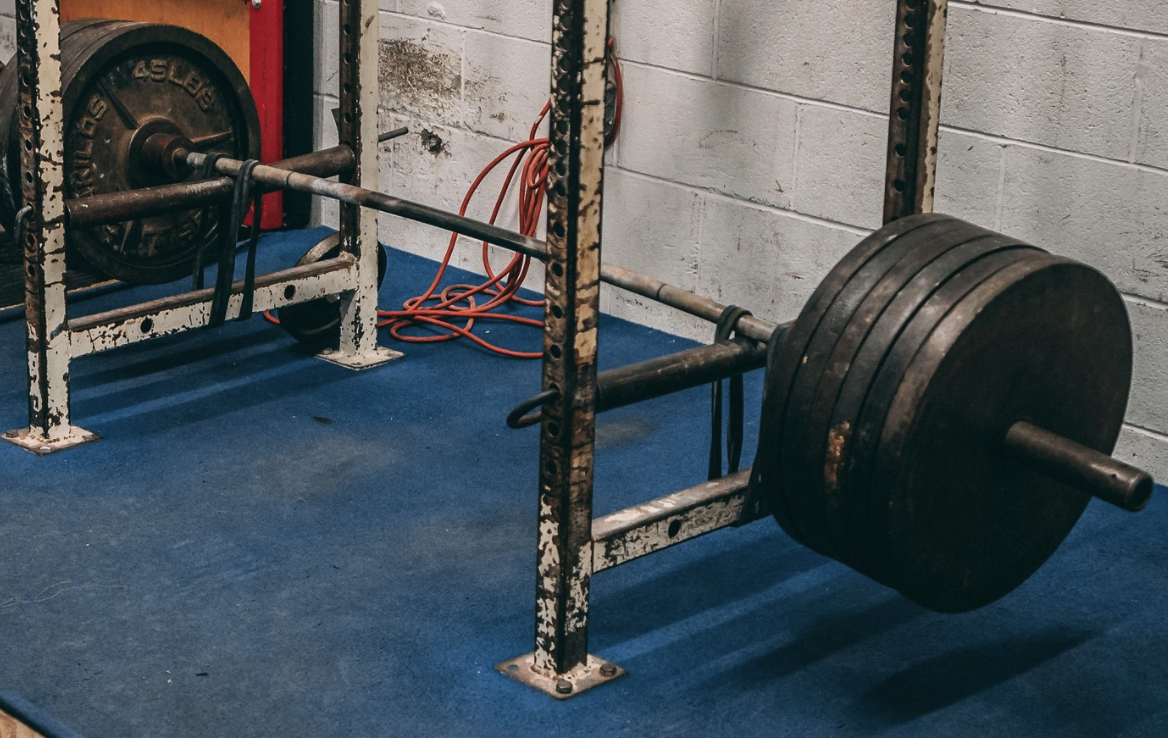 Image courtesy of West Side Barbell
Image courtesy of West Side Barbell
Rack pulls are a variation of the traditional deadlift, focusing on a partial range of motion rather than a full one. Instead of lifting the barbell from the ground, rack pulls start from an elevated position, typically set just below the knees. Lifters will lower the safety bars in a power rack so the barbell will rest just below the knees, and that is where they will pull from.
This reduced range of motion allows lifters to handle heavier weights, placing more emphasis on the upper portion of the lift, rather than the legs. This has made the rack pull a top choice amongst athletes on their back days.
Advantages of Rack Pulls: Targeting Weak Points
Rack pulls offer distinct advantages, especially for those with specific strength imbalances or weaknesses. By starting the lift from an elevated position, rack pulls allow lifters to target the entire back, traps, and lockout strength, rather than bringing the legs into the movement. This can be beneficial for individuals looking to improve deadlift lockout or address weaknesses in the upper portion of the lift. The rack pull also can be helpful for those looking to improve hypertrophy, as it focuses on specific muscle groups rather than the full body like the traditional deadlift.
Safety Considerations: Tailoring to Your Needs
While deadlifting and rack pulls can be beneficial, safety should always be a priority. Deadlifts from the ground can put significant stress on the lower back, and individuals with pre-existing back issues should exercise caution. Not to mention, deadlifting puts stress on the abdominals, and this can lead to a hernia if you are not careful. A lower back injury or a hernia will put you out of the gym for a good amount of time.
On the other hand, rack pulls, with their reduced range of motion, might be a safer alternative for those with lower back concerns, allowing them to strengthen and increase size in the upper back without compromising safety as much as a traditional deadlift.
Regardless of which variation you choose, you do need to use caution with the lifts and execute them with proper form. Any lift done without proper form can lead to injury, especially those where you are able to lift a large amount of weight, so it is important to be very cautious when doing so.
Incorporating Rack Pulls and Deadlifts Into a Routine
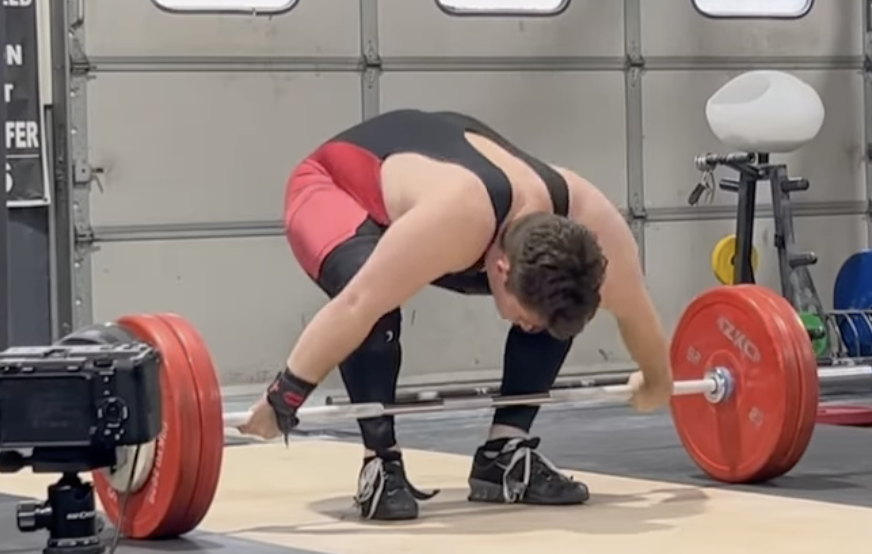
The decision to incorporate deadlifts, rack pulls, or a combination of both into your training routine depends on your specific goals, strengths, and weaknesses. Athletes seeking a well-rounded approach may choose to include both exercises in their program, emphasizing the benefits of each. For example, as a powerlifter, the rack pull can help with the lockout of the deadlift, so it is good to incorporate both.
However, if you are unable to deadlift due to injury, then a rack pull is a great alternative to still build strength and thickness in the back.
Finding the Best Lifting Routines
When it comes to finding some quality workout routines that include rack pulls and deadlifts, check out the Boostcamp App for some great programs. You would want to find a program that caters to your needs, gives you good accessories to do, and guides you in the right direction, making sure that you are making the most gains. If you are looking to stay on track and continue with linear progression, then finding a good workout program is the key. Where do you look for a good workout program?
From push pull legs to upper lower, Boostcamp is home to over 50 FREE workout programs that consist of strength, hypertrophy, or functional fitness, or both. However, with Boostcamp, you don’t have to just follow a pre-written program, you also can create your own program as well, and track your progress to make sure you are on the right track. That being said, when you are looking to incorporate some arm training to further your powerlifting progress, then check out Boostcamp.
If you are not sure where to find a good program, feel free to check out the Boostcamp App! The Boostcamp App has over 50 free training programs from a variety of coaches. Programs are based around strength, hypertrophy, and so on.
Conclusion: Choosing the Right Fit for You
In the rack pulls vs deadlifting debate, there is no one-size-fits-all answer. Both exercises have their merits, and the best choice depends on individual preferences, goals, and physical condition. Whether you opt for the full-body engagement of deadlifting or the targeted strength benefits of rack pulls, integrating these exercises strategically into your routine can contribute to a well-rounded and effective strength training program.
Check out the Boostcamp App for some great programs. Also, be sure to follow Boostcamp on Instagram and subscribe on YouTube!
